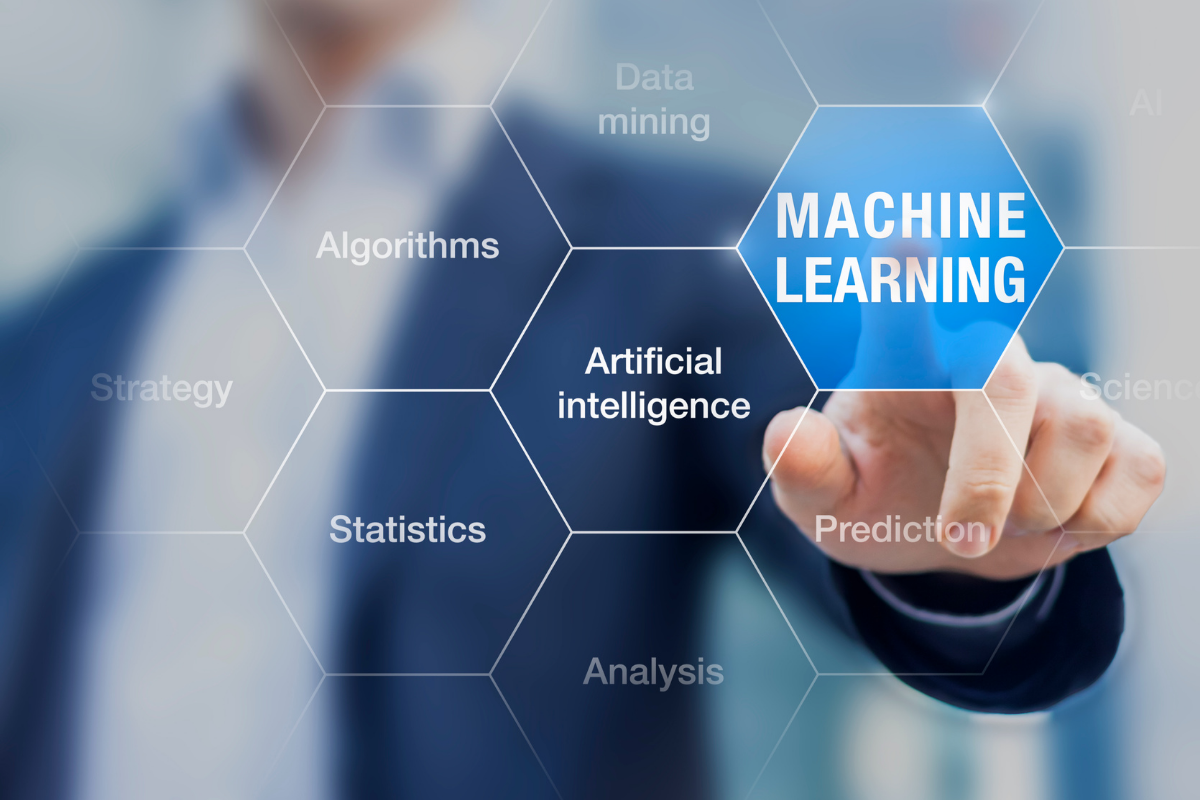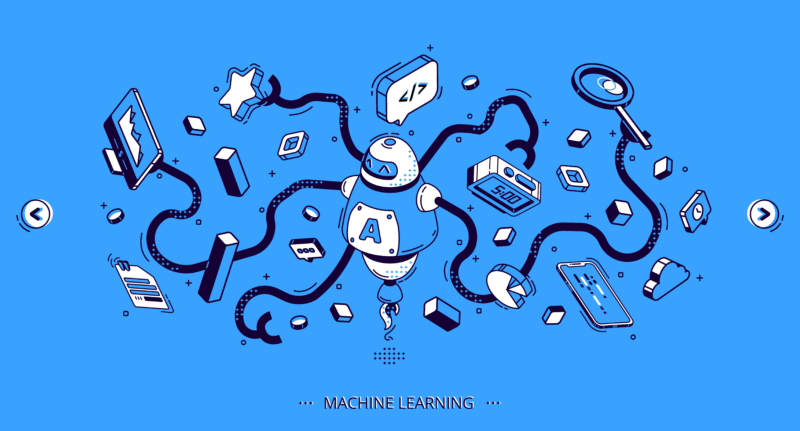
The number of online transactions has grown massively, as has the number of incidents of online fraud. In 2019, the FTC’s Consumer Sentinel Network received 3.2 million reports of identity theft and online fraud. Fraud management has become painful for the banking and financial industry as fraudsters have become more competent at detecting and exploiting system flaws. Machine learning for fraud detection has thankfully come to the rescue of financial institutions.
Machine learning has aided in the resolution of a number of significant business issues, including email spam detection, targeted product recommendations, and accurate medical diagnosis, and others. With increased processing power, the availability of big data, and advances in statistical modelling, the adoption of machine learning (ML) has accelerated. Data scientists have used machine learning and predictive analytics to successfully authenticate transactions. Machine learning-powered automated fraud screening systems can assist firms in decreasing fraud.
What exactly is machine learning
At its most basic level, machine learning is the study of teaching a computer program or algorithm how to improve with time on a particular job. Machine learning can be viewed through the lens of theoretical and mathematical modelling of how this process works in terms of study. However, the research of how to develop systems that display this rapid prototyping is more practical.
Types of machine learning for fraud detection:
-
Supervised learning
-
Unsupervised learning
-
Reinforcement learning
Let’s understand each one
-
Supervised Learning
The most widely used machine learning approach is supervised learning. It is the most straightforward to comprehend and implement. It’s similar to using flashcards to teach a child something. We can provide learning algorithm data in the form of example-label pairs one by one, allowing the algorithm to predict the label for each case and providing feedback on whether it anticipated the correct answer or not.
The algorithm will eventually learn to estimate the exact nature of the relationship between samples and labels. The supervised learning algorithm will be able to observe a new, never-before-seen sample and predict a good label for it once it has been fully trained.
Because of this, supervised learning is frequently defined as task-oriented. It is laser-focused on a single task, providing the algorithm with more and more examples until it can accurately accomplish that task. This is the style of learning you will most likely encounter, as it can be seen in many of the applications listed below:
-
Advertisement popularity:
Choosing effective advertisements is frequently a supervised learning process. Many of the advertising you see on the internet are there because a learning algorithm determined that they were popular enough. Furthermore, its placement on a certain site or in response to a certain query (if you’re using a search engine) is largely owing to a learning algorithm indicating that the ad and location match would be beneficial.
-
Spam classification:
You’ve probably come across a spam filter if you use a modern email system. It’s a supervised learning system that’s in control of that spam filter. These systems learn how to prevent harmful emails from bothering their users by being fed email examples and labels (spam/not spam). Many of them also allow users to give new labels to the system, which enables it to learn user preferences.
-
Unsupervised Learning
The opposite of supervised learning is unsupervised learning. There are no labels on it. Instead, our algorithm would be fed a large amount of data and given the tools necessary to interpret the data’s features. Then it can learn to group, cluster, and/or organize the data in such a way that a person (or another intelligent algorithm) can understand the newly arranged data.
The fact that the vast bulk of data in the world is unlabeled is what makes unsupervised learning so fascinating. For many sectors, having sophisticated algorithms that can make sense of our terabytes and terabytes of unlabeled data is a major source of potential profit. That alone has the potential to enhance productivity in a variety of industries.
For example, What if we had a huge database of every research article ever published with unsupervised learning algorithms that knew how to organize them in such a manner that you were always aware of the current development within a specific study domain?
Now you start your own study effort, connecting your activities to the network visible to the algorithm. As you compose your paper and take notes, the algorithm suggests comparable works, works you might want to mention, and works that might even help you advance your field of study. Your productivity can be greatly increased with such a tool.
We can call unsupervised learning data-driven because it is based on the data and its properties.
-
Reinforcement learning
Similarly to traditional kinds of data analysis, the algorithm here discovers data through trial and error and then determines which action results in bigger rewards. Reinforcement learning is made up of three primary components: the agent, the environment, and the actions.
The learner or decision-maker is the agent, the environment is everything with which the agent interacts, and the actions are what the agent does. When an agent chooses activities that maximize the expected reward over a set period of time, this is known as reinforcement learning. When the agent is working within a sound policy framework, this is the easiest to do.
Why do ML (Machine Learning) feature work so well for fraud detection?

Designed by Freepik
-
Extremely Quick:
If you want to catch fraudsters, the timeliness of your action plan is crucial. If you are sluggish in your approach, the fraudsters could rush in it in a fraction of a second.
You don’t have to wait when you turn on a light bulb. It instantly turned on. You should use machine learning since it does real-time analysis with thousands of queries and compares the results to the best ones. It doesn’t take long. It is always in the process of searching for the greatest results. It supports the analysis of client Behavior so that when an abnormality occurs, payment can be blocked or flagged for review.
-
Scalable:
Companies were able to expand transaction volume because of the growing online business. Increasing the amount of payment and customer data puts more pressure on the rules library to expand into a rules-only system. In machine learning, however, the converse is true: more data is better. Because it is a mixed bag, the machine learning system improves more vast datasets.
Customers who are both authentic and fraudulent are examples of both good and poor customers. It means the model can detect differences and similarities in behaviours faster and predict fraud in future transactions.
-
Accuracy:
Humans have a difficult time understanding non-intuitive patterns or subtle trends. ML can work together to create new paths. We also know that fraud analyzers have a history of doing this. Machine Learning is better at interpreting regular behaviour.
As a result, whenever it detects suspicious activity, it raises a flat. When there is no chargeback, it aids in the identification of a network. It aids in the detection of questionable signals. It gives a good concept of how to copy and paste information.
Conclusion
We now have new ways to stop criminal activity in digital payments thanks to Machine Learning. A special approach can be used to strengthen the payment gateway while also adding security layers.







Leave A Comment